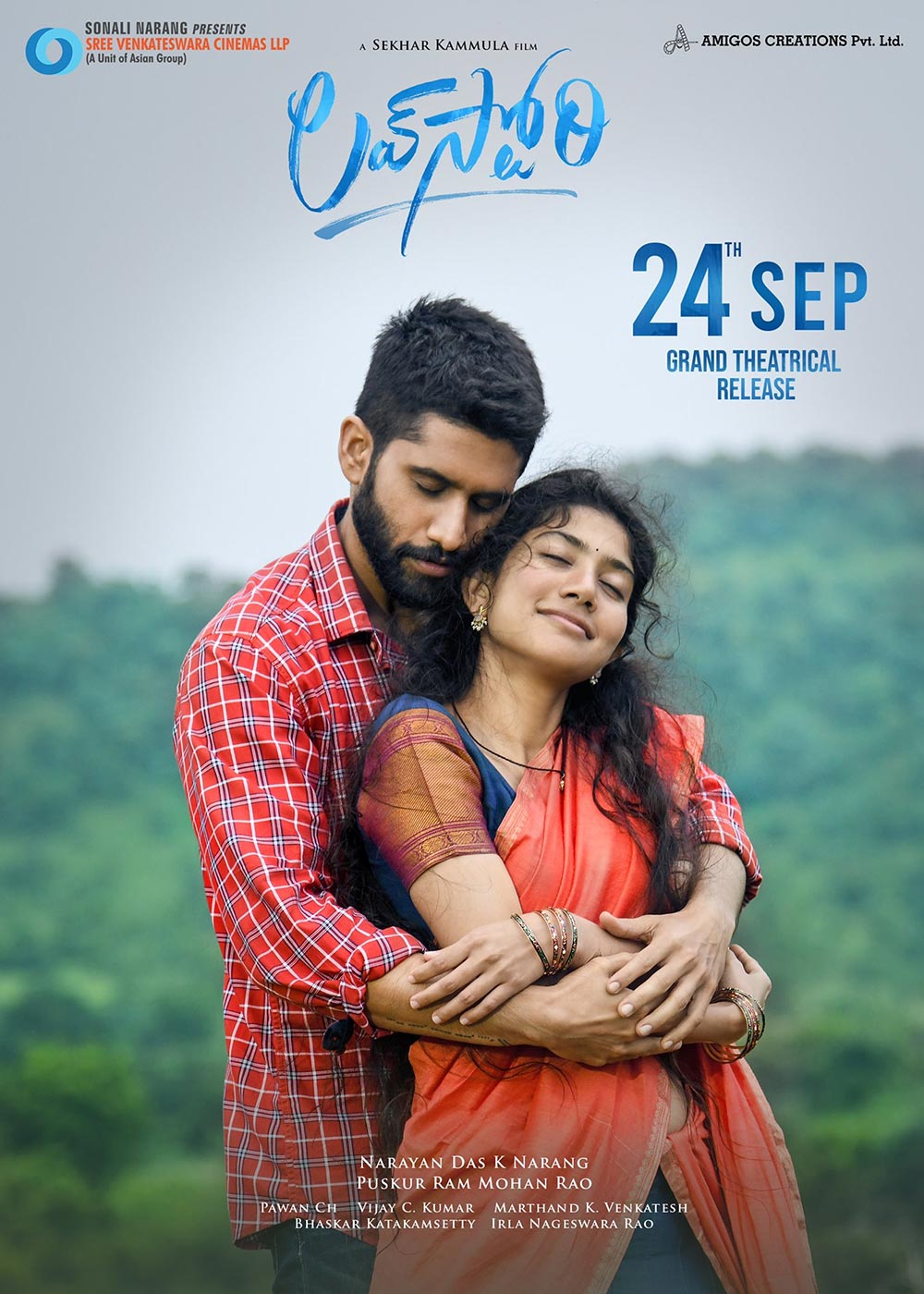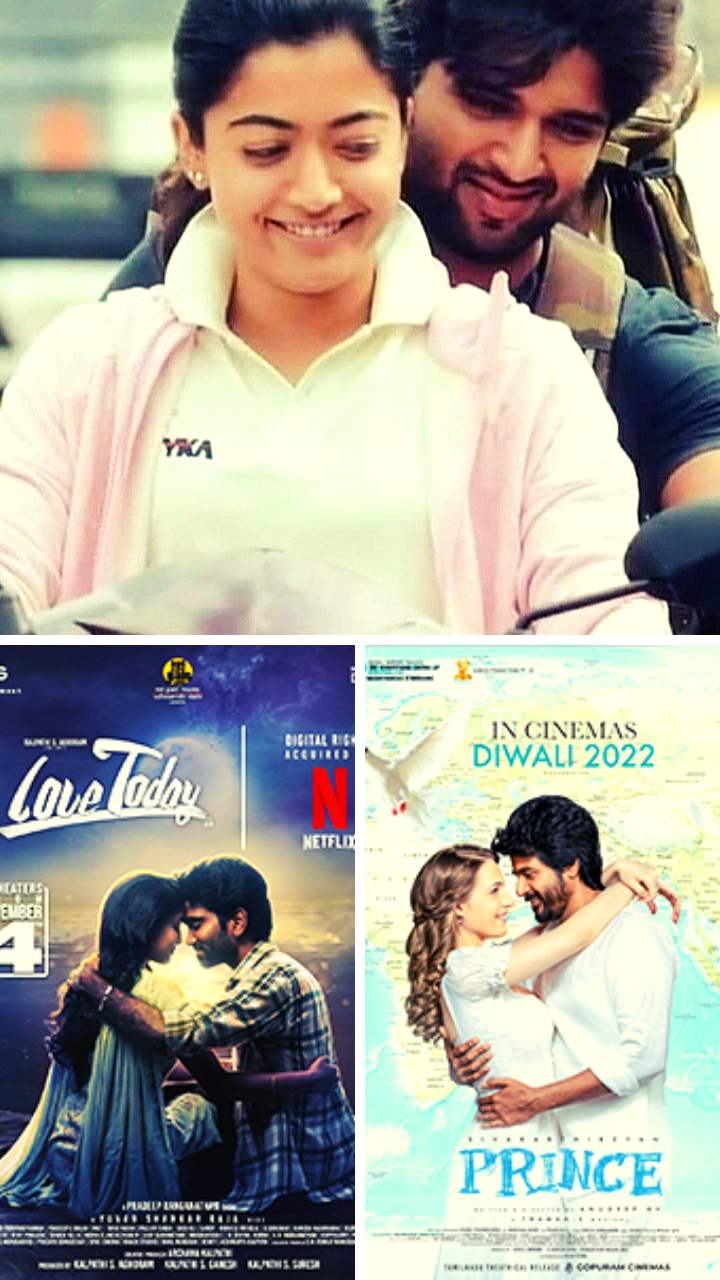Is the world of South Indian cinema finally getting its due recognition? The recent surge in popularity of South Indian films, particularly those dubbed in Hindi, has been nothing short of remarkable. Platforms like Dailymotion and Filmyfly have become go-to destinations for movie enthusiasts eager to explore these cinematic gems. Rewind (2025), a new Hindi-dubbed release, is just one example of how South Indian stories are resonating with audiences across India.
South Indian cinema, known for its rich storytelling traditions and vibrant cultural tapestry, has long been overshadowed by Bollywood. However, the tide is turning as more viewers discover the unique charm and depth these films offer. Love Story, a 2021 Telugu film directed by Sekhar Kammula, exemplifies this trend. Produced under Amigos Creations and Sree Venkateswara Cinemas, the film was celebrated not only for its engaging narrative but also for its stellar performances and memorable music. Its success paved the way for other regional films to gain national attention.
| Bio Data & Personal Information | Career & Professional Information |
|---|---|
| Name: Sekhar Kammula | Profession: Director, Screenwriter |
| Date of Birth: June 30, 1971 | Notable Works: Love Story (2021), Fidaa (2017), Ala Vaikunthapurramloo (2020) |
| Place of Birth: Vijayawada, Andhra Pradesh | Awards: Nandi Awards, Filmfare Awards South |
| Education: Bachelor's Degree in Mechanical Engineering | Reference Link: Wikipedia Profile |
The impact of South Indian films extends beyond entertainment; it fosters cross-cultural understanding and appreciation. For instance, Smart Lover, another critically acclaimed romantic drama, showcases themes universal to human experience while maintaining authentic regional flavors. Such films often delve into complex relationships, societal norms, and personal growth, offering audiences much more than mere escapism. They challenge stereotypes and redefine what constitutes mainstream cinema.
Platforms such as MoviesFlix and Movie4U play pivotal roles in democratizing access to these films. By providing subtitles, high-definition streaming options, and comprehensive databases of reviews and trailers, they cater to diverse audience preferences. Moreover, their commitment to updating content regularly ensures that cinephiles remain informed about upcoming releases. This level of engagement helps build communities centered around shared interests, further fueling demand for quality content.
Interestingly, social media platforms like TikTok have emerged as unexpected allies in promoting South Indian films globally. Hashtags like #FilmyflySouth and #LoveStoryFilmClips create buzz around specific movies or genres, encouraging discussions among fans worldwide. These interactions contribute significantly to word-of-mouth marketing, which remains one of the most effective promotional strategies today.
As we look ahead, it becomes clear that the future of South Indian cinema looks brighter than ever before. With increasing investments in production values, expanding distribution networks, and growing international appeal, there’s no doubt that these films will continue capturing hearts everywhere. Take, for example, Takdir – South Movie Part 2, whose teaser trailer alone garnered millions of views within days of release. Such milestones underscore the immense potential this industry holds.
However, challenges persist. Piracy remains a significant concern, threatening both creators' livelihoods and consumers' access to legitimate sources. Efforts must therefore focus on strengthening copyright laws alongside fostering partnerships between stakeholders to combat unauthorized sharing. Additionally, filmmakers need greater support systems—be it financial backing or mentorship opportunities—to experiment boldly without fear of failure.
In conclusion, South Indian cinema stands poised at an exciting juncture where tradition meets innovation. As audiences grow increasingly receptive to varied narratives, filmmakers find themselves empowered to push boundaries creatively. Whether through heartfelt love stories or action-packed thrillers, each film contributes uniquely towards shaping modern Indian cinema's landscape—one frame at a time.
Ultimately, the journey of South Indian films serves as a testament to resilience, passion, and collective effort. It reminds us all why we fell in love with movies in the first place—the power to dream, connect, and inspire change. So next time you watch a South Indian film, remember that you're partaking in something truly special—a celebration of artistry transcending borders.




